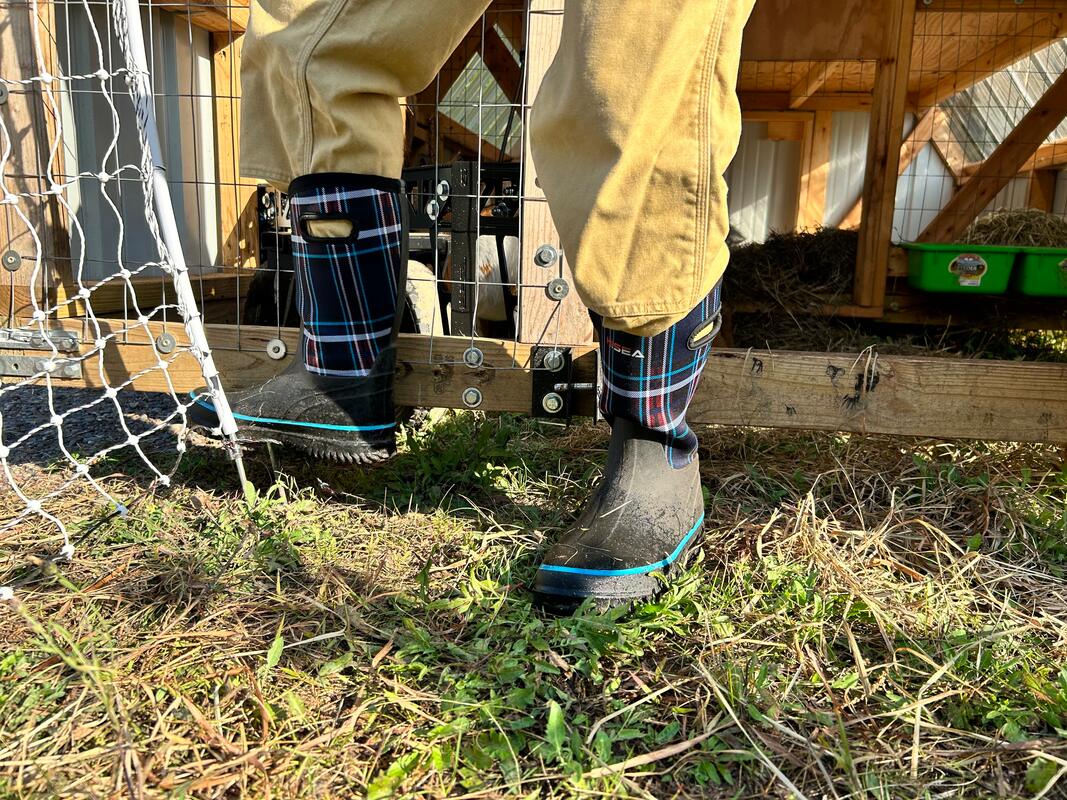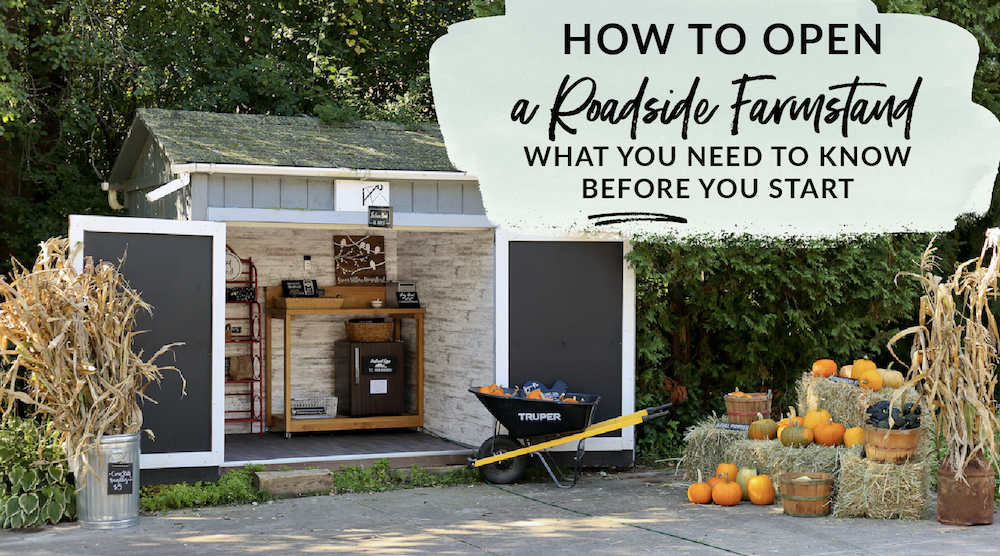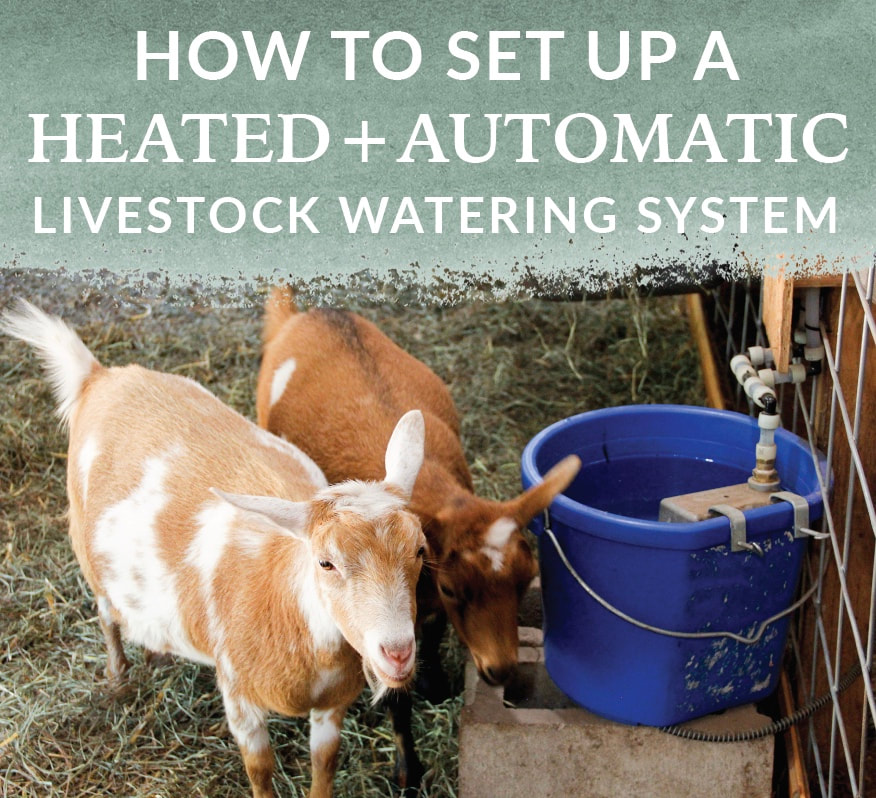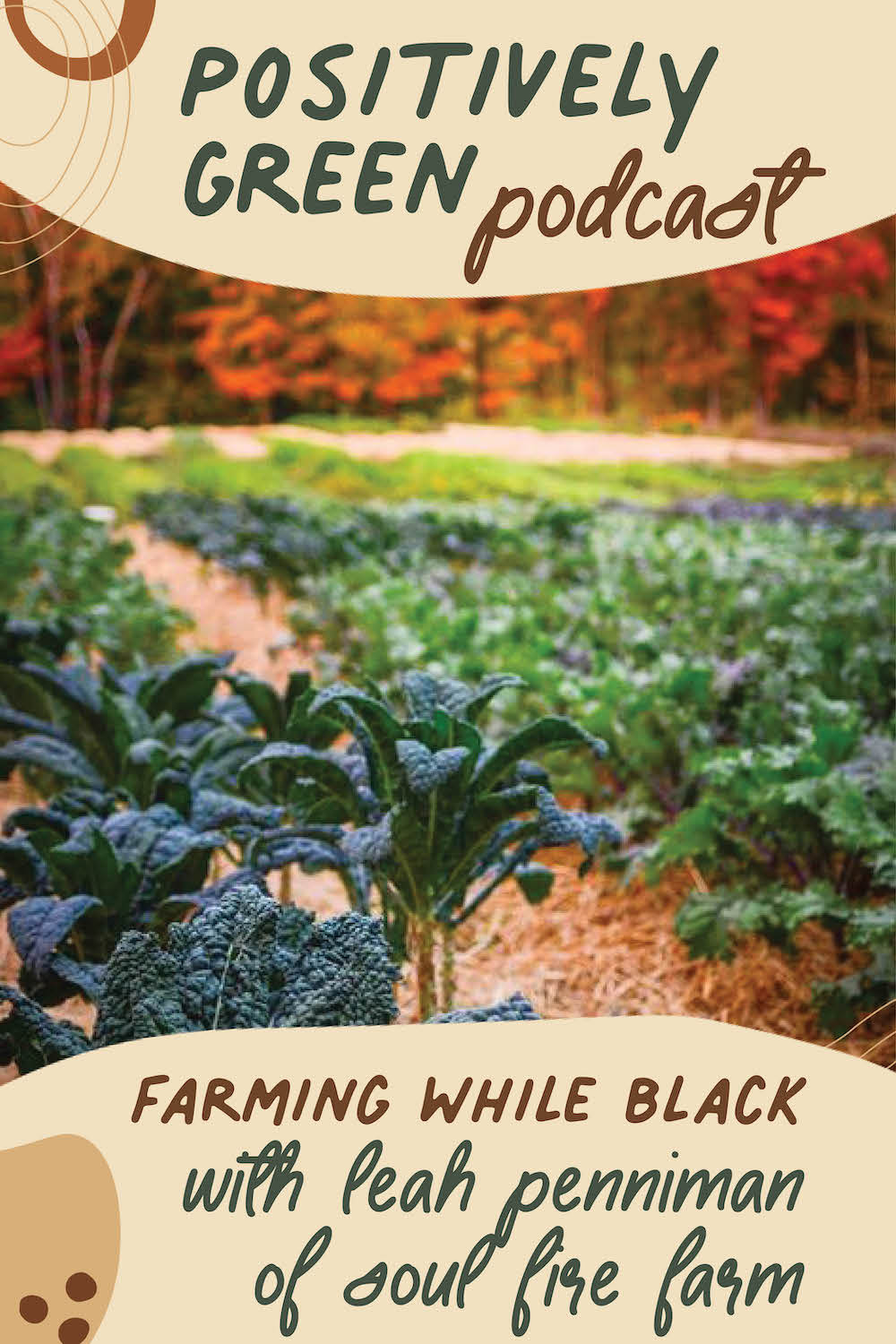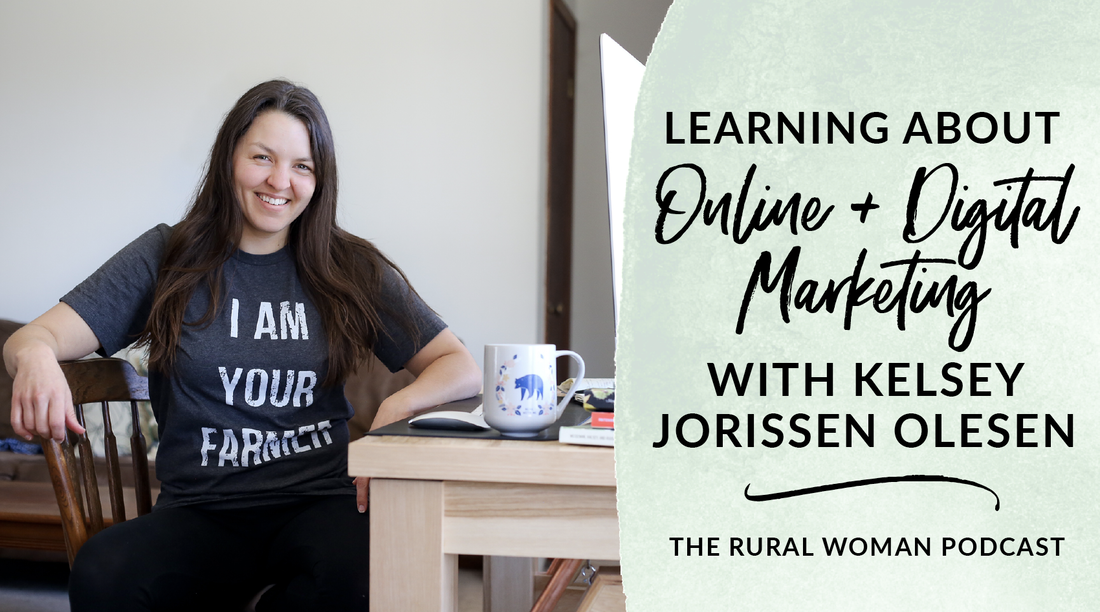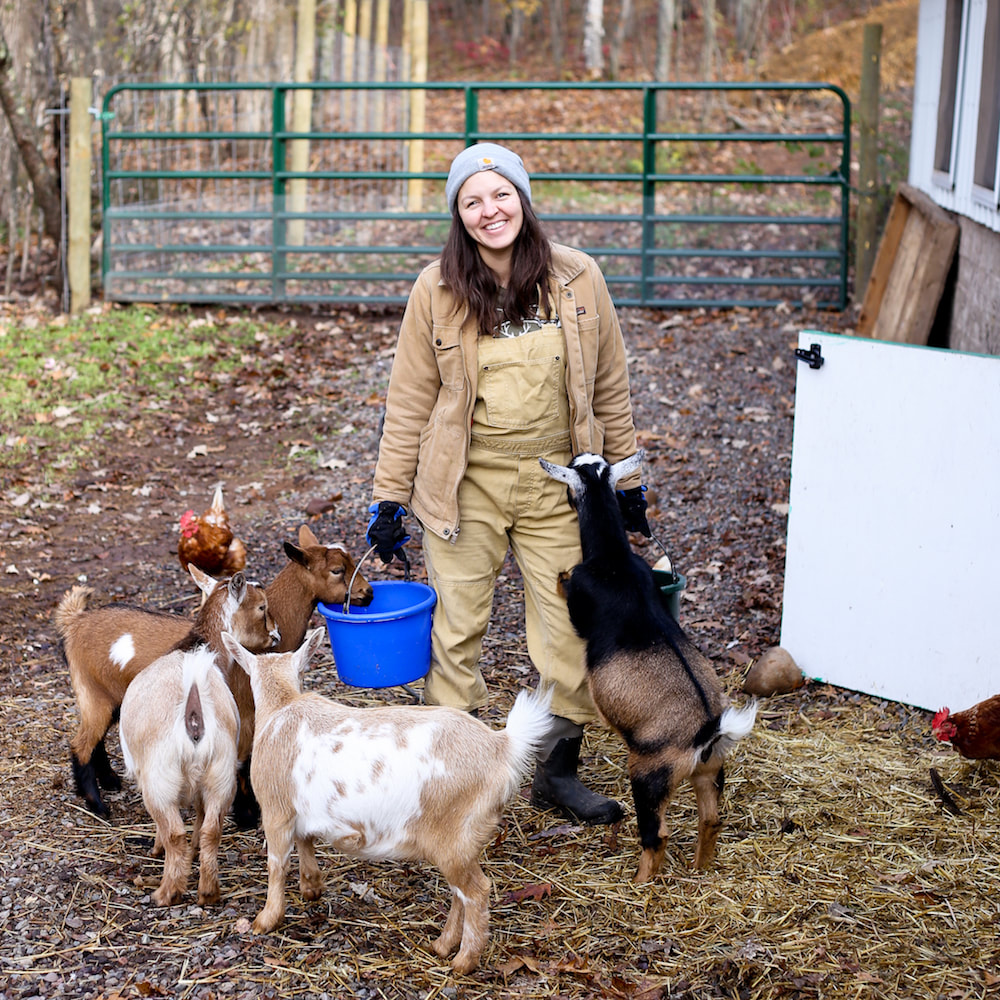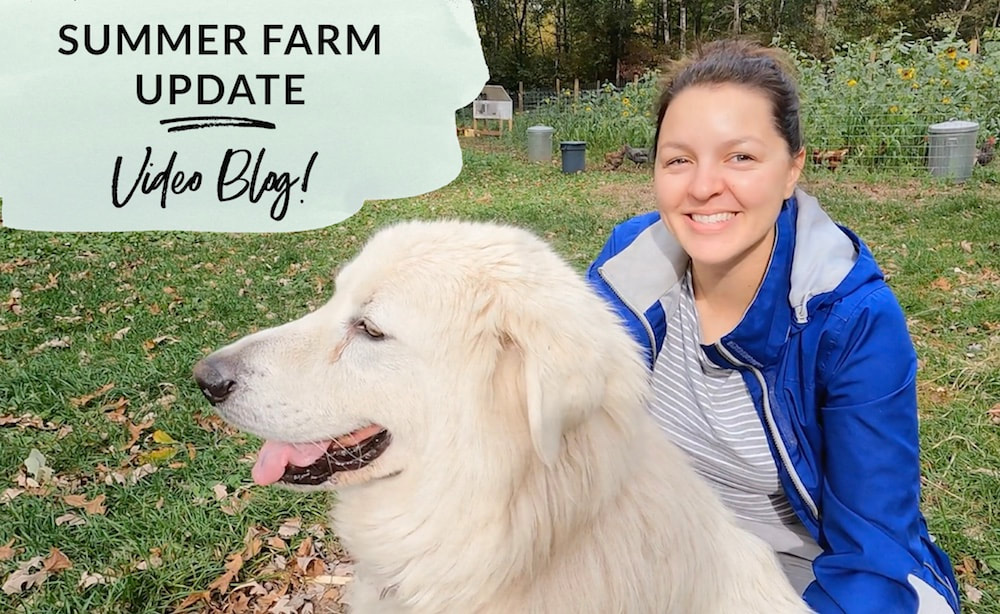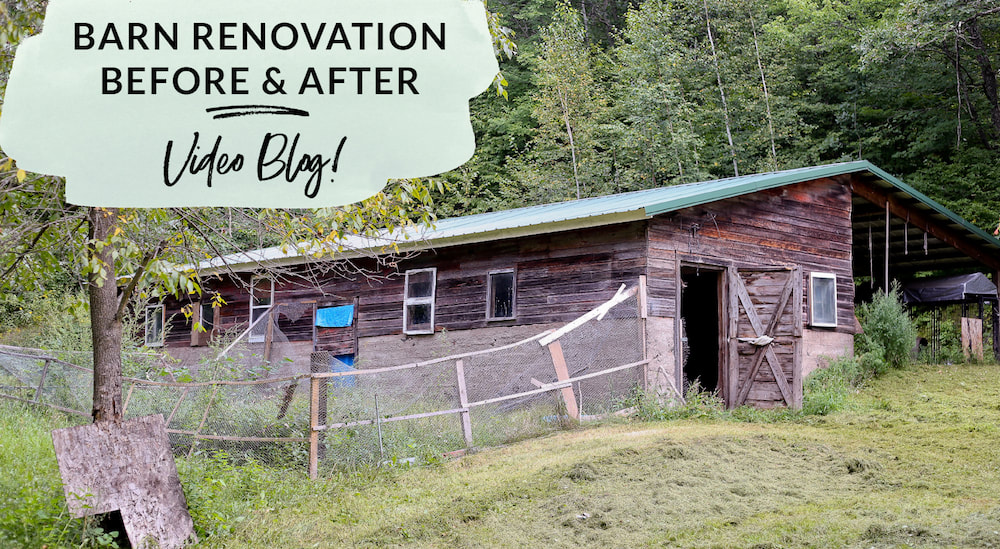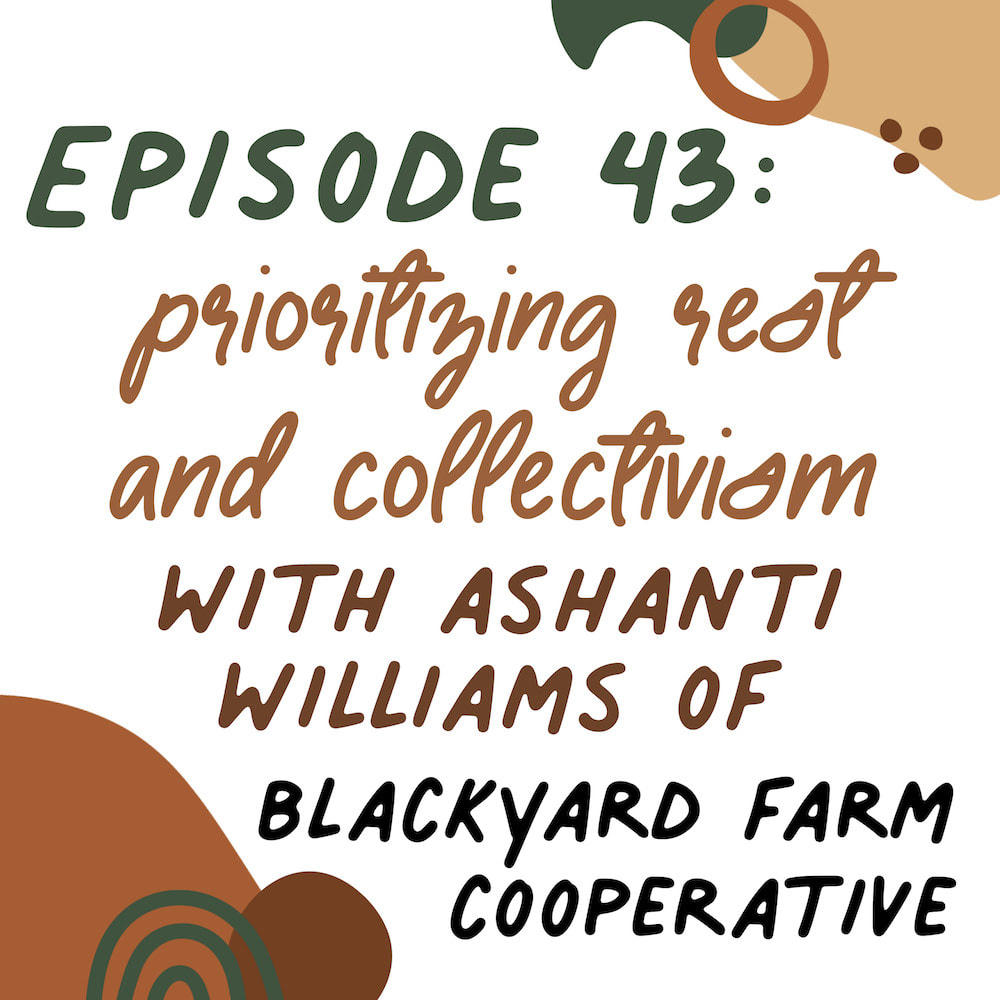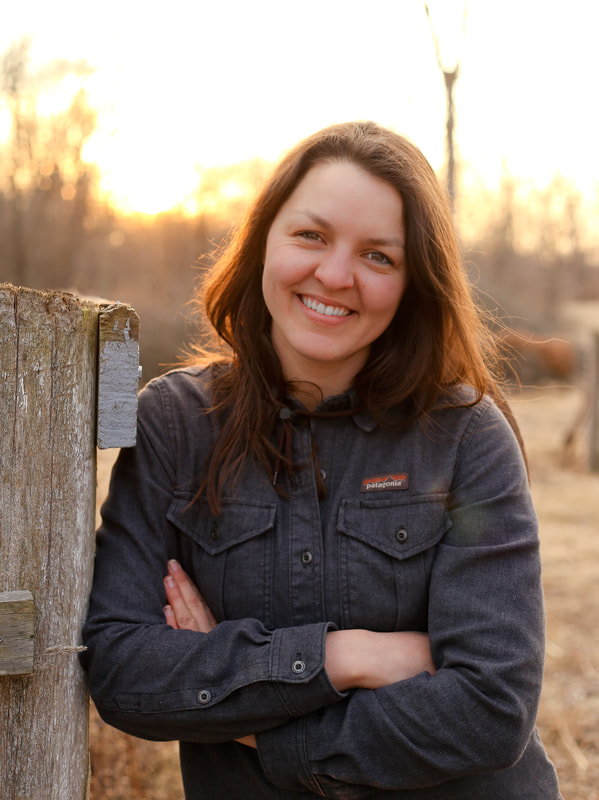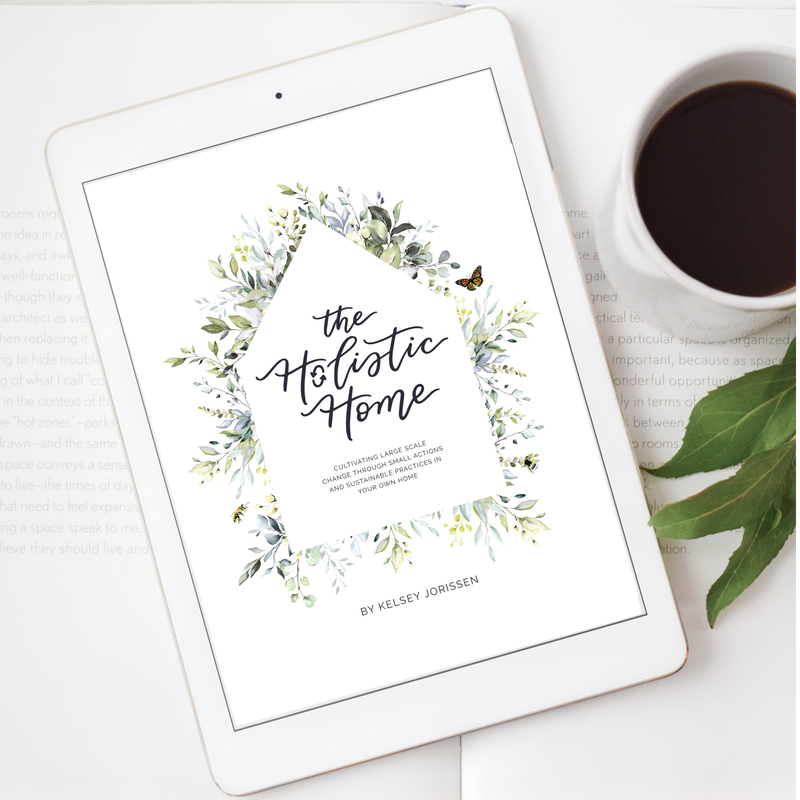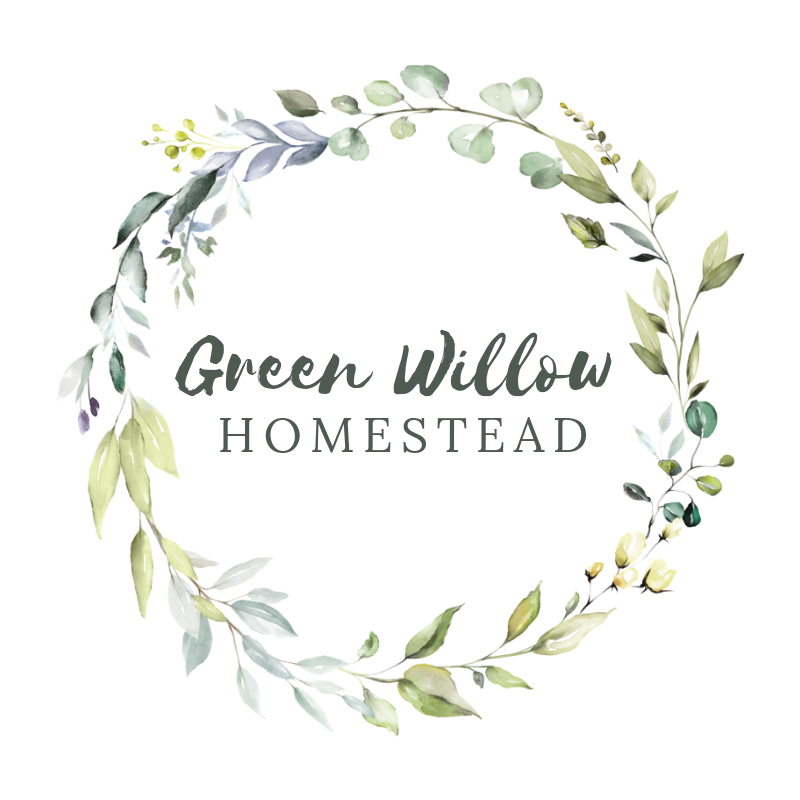|
If you are looking for an affordable and durable farm and garden muck boot that doesn’t break the bank, keep reading. In full transparency, for the last six years, I have been a Muck Boot Company customer, buying boots only when they have sales or discount codes. The truth is my Muck Boots have never lasted more than one year each, and forking over $100+ every year was starting to get my goat (see what I did there?).
A few months ago, I was approached by the company HISEA Boots to try out their waterproof farm boots. I’ll be frank and say I usually don’t go for product reviews because I feel like it puts me in a tough position - I’m getting paid to share something with my followers that I otherwise may not have tried. Whether we as bloggers like to admit it or not - paid promotions can (and do!) shift opinions. I am happy to say that these boots have made their way up to my top choice for farm and garden chores - and even trips into town cause they are so darn cute and comfortable! Let’s get into the details: I opted for the Women's Mid-Calf Barn Boots in Navy Plaid in a size 8. I usually run 7.5 in sizing, but I wanted to be on the safe side...
3 Comments
Opening a roadside farmstand is no small feat. When I opened my roadside farmstand I wish there was someone with all the answers to my questions, but like so much of the small farming world there’s a lot of trial and error to be had before you figure things out. That’s why I want to share with you everything I’ve learned along the way as I opened up my roadside farmstand for our farm, Green Willow Homestead.
In this first post in my farmstand series we will cover:
Installing an automatic heated livestock watering system in our barn for our farm and homestead has been one of the biggest game-changers in reducing labor effort, maintaining cleanliness, and, most importantly, combating Old Man Winter’s relentless effort to freeze everything in sight through our cold Wisconsin months. In this post, we will cover absolutely everything you need to know on how to build and install your own automatic heated livestock watering system for your barn - including plumbing supplies, heating elements, and step-by-step instructions for installing the automatic watering system.
Having Leah Penniman of Soul Fire Farm on the Positively Green Podcast was such an inspiring and necessary experience. In this episode we talk all about Leah's book Farming While Black, her Haitian heritage, and how we can support BIPOC farmers in the work towards land access and food sovereignty.
Want to learn how to use online marketing for your farm or homestead business? In less than a year, I doubled my income using online and digital marketing. So when I launched my very first roadside farmstand, I applied everything I learned and was completely blown away. Within one month, we hit our supply ceiling and had 150 super fan farmstand customers visiting our farmstand.
So today I am opening up about my online marketing journey. It’s rare that I get to share this part of my story. Everyone always wants to hear about the farming + homesteading + sustainability side of my journey (all of which I am happy to talk about!), but today that changes. If you’ve been curious about my path to sitting here writing you this post, how I started multiple e-commerce businesses, or how much money my marketing skills have made me over the years - then I got a heck of a treat for you.
I did a whole podcast interview with Katelyn Duban on The Rural Women Podcast. We cover all things online marketing for your farm or homestead. Katelyn did an amazing job interviewing me and getting to the heart of my marketing origins.
This interview taught me how you can’t fit 21st century farmers into a box. We all have such eclectic journeys, from second-career to first-generation or (in my case) actress turned filmmaker turned photographer turned marketer turned farmer. Click below to tune in! Happy creepin' on me! 
Are you a farmer or homesteader who wants to learn exactly how to use online marketing to grow your business? From Facebook to Instagram to blogging to email marketing - the online advertising world is vast and trying to piece together how it all can create profit for your farm/homestead business is overwhelming.
The Cultivating Capital Course was created by me - Kelsey Jorissen Olesen, a fellow farmer and seasoned marketer. I run an 80-acre farm in NW Wisconsin where I sell pastured eggs, various market produce, and value-added products. From running a roadside farmstand to doing multiple farmers markets to shipping our farm's products, I've made our farm profitable by utilizing the online marketing knowledge I've honed over the last 10 years. Three years ago she developed the Cultivating Capital Course to teach fellow farmers, homesteaders, and home business owners how to use online marketing to grow their customer base, increase profit, and actually enjoy using social media. Every year Kelsey updates the course's tutorials to reflect current online marketing trends.
The growing season went by in a flash this year! I am sure I can chalk it up to doing two farmers markets, taking on tons of homesteading projects, and adopting four baby goats plus a puppy. What a summer it has been on Green Willow Homestead. I’m so excited to share with you our Summer Update Video and go into a bit more detail on how we did things during the warmer months on the farm - plus a BIG surprise!
There’s nothing quite like having the infrastructure you need to farm, especially for those of us who farm in colder climates. When we first purchased our farm, the barn was in desperate need of renovation. The previous owners used it to store old farm equipment, junk, and well, more junk. The mice also turned it into their personal cabin getaway. It was hard to imagine it would ever look clean again...
In this video, I share with you the before and after of our barn renovation, go over our budget, the scope of work, and give you a barn tour!
In the early 1920s, almost 1 million Black farmers owned 14% of American farmland, but that story is vastly different today. According to the Baltimore Sun, Black farmers lost an astonishing 90% of their land over the years, and today fewer than 50,000 African American farmers, out of a total 3.4 million farmers, remain in business. Farming as a strong source of livelihood for people of African descent is now a distant memory.
What a wonderful feeling to finally have spring upon us at Green Willow Homestead! We had a few “Fool’s Springs” in Shell Lake, WI - but I’ve gotten better at containing my verdant excitement and not jumping the gun. In this first video blog, I share with you what’s happening at Green Willow Homestead for the 2021 season - what we’re planting on the farm, where and how we’re selling our produce, and a few long term goals for the future.
|
Meet Kelsey,Thanks for stopping by Green Willow Homestead! From chicken rearing to composting, we've got our hands full and we love sharing what we've learned along the way. Follow along as we turn the 80 acres we call home into a farm that serves its community and a homestead that nourishes us throughout the seasons. Grab the EbookListen in!FREE Guide!Tune in to our YouTube ChannelInspirationsCategories
All
Favorite Books of 20241. Erosion
2. Braiding Sweetgrass 3. As Long As Grass Grows 4. The Small Scale Poultry Flock 5. The Zero Waste Solution Archives
April 2024
|
FOLLOW KELSEY ON INSTAGRAM!
As an Amazon Associate I earn from qualifying purchases. |

